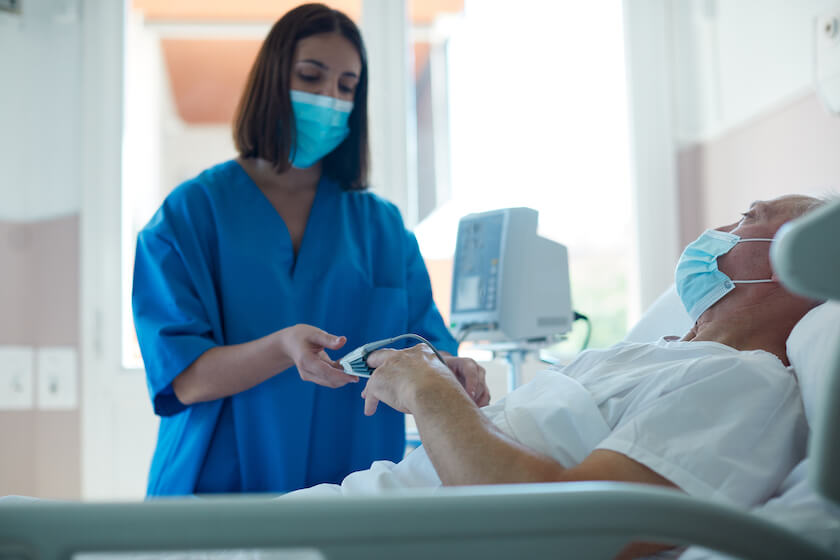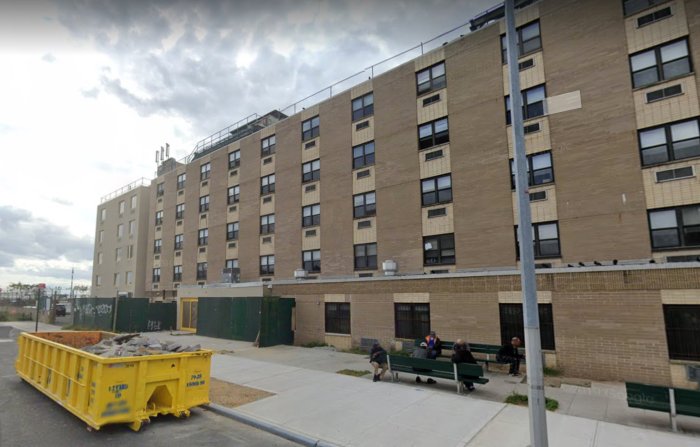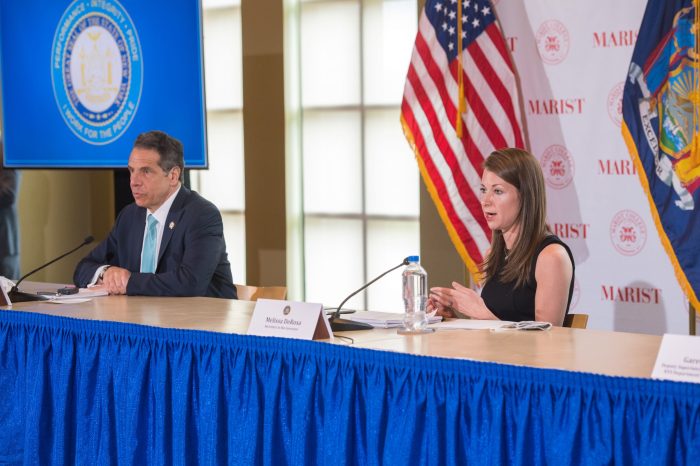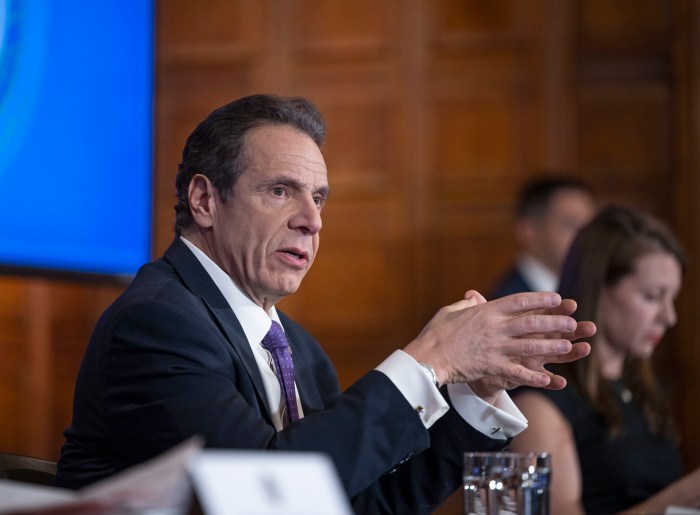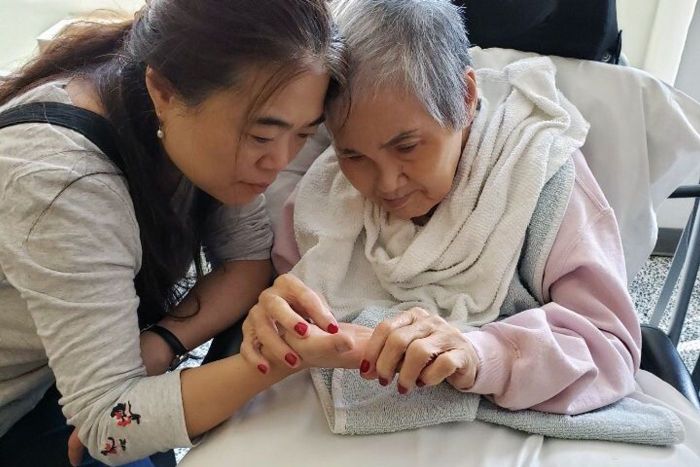Ever since Pfizer’s early-November announcement that data from their coronavirus virus trial showed the treatment was more than 90% effective, humankind exhaled a global sigh of relief. Sure, the road was never going to be easy: distribution and the vaccine race amongst scrambling nations became societal hurdles. Additionally, unlike the majority of vaccines—for example the common flu vaccine—Pfizer’s COVID-19 vaccine must be stored at extremely low temperatures to maintain efficacy, minus 20 degrees centigrade to be precise.
Although large hospitals may have the resources and refrigeration systems necessary to keep the vaccine viable within their facilities, pharmacies and nursing homes will not. However, Governor Cuomo’s hope-laden announcement Friday that, as part of a federal program, New York State will begin the rollout of vaccines to high-risk nursing home residents and high-risk healthcare workers within the next several weeks, this distribution hurdle has been considered and hopefully attended to.
To fulfill the promise of vaccinating at-risk individuals and healthcare workers across the state, the vaccine will be delivered in—presumably—temperature-controlled vehicles.
The coronavirus has been disruptive for everybody and terrifying to our nation’s most vulnerable residents: the elderly. Given that Cuomo has made nursing homes one of his Phase 1 vaccination program recipients, amNewYork Metro got the scoop on just how prepared the state’s nursing homes are for this mammoth inoculation effort through a discussion with a New York State nursing home supervisor who has been one of our frontline heroes since the pandemic began.
Q: You work at an elder care home? What is your role there? Do any of your patients suffer from the conditions that make them particularly at-risk of COVID-19 death? (Asthma, high blood pressure, cystic fibrosis, immune diseases, dementia, type 1 diabetes, pulmonary fibrosis, liver disease, overweight/obese)?
A: I am a supervisor at a nursing home. Many residents there are at high-risk of contracting COVID, just because of their fragility and compromised immune system.
Q: What are the most comment ailments? And are they treated with any kind of heightened care?
A: The most common are diabetes and breathing problems such as asthma and COPD that place them at higher risk. There are no treatments prophylactically but once they are confirmed to have COVID there is a protocol in place that includes antibiotics and nutritional supplements.
Q: What do you think of Governor Cuomo’s remarks Friday that nursing homes and high-risk health care workers would get the vaccine first, with the extra shots coming in about two weeks?
A: I think the vaccines should definitely go to the high-risk patients first, especially in nursing homes. As the governor said it will take a lot of extra resources and money to actually have the vaccine distributed and administered in a timely fashion.
Q: Will you get the vaccine? If not, why not?
A: Just because the vaccine came out so quickly, I would decline to get it due to the risk of side effects
Q: In general, how do the majority of your patients feel about being vaccinated? If they don’t want to be, why not?
A: Most of the residents in my nursing home are cognitively impaired or have dementia so they can’t really grasp the idea of the vaccine. I’m sure the plan is to educate the competent ones and have them consent to it or decline it; just like the flu vaccine.
Q: What state preparedness measures are being taken where you work?
A: The facility hasn’t announced any plans for the vaccine up until now,
Q: Do you have on-site cold storage units that would allow the vaccine to be stored at -70C?
A: We only have regular fridges, none that register at -70 degrees
Q: Have you and your staff received much information from the state or government on how to administer the vaccinations, or the details of the vaccine i.e. side effects?
A: No. I have not received any information at all regarding the vaccine. Perhaps it is too early…?
Q: Have your staff received training advice from the state to know what to do when the vaccines arrive as early as in two weeks?
A: No information has been provided as yet.
Q: Has it been frightening to work with high-risk patients during the pandemic? Were you worried about you or your family contracting the disease?
A: Yes it was very scary to work during the pandemic, not knowing what you could accidentally bring home to your family. You go to work every day facing death
Q: Did you lose a lot of patients to the disease or experience staff illnesses during the pandemic? That must have been devastating to witness.
A: Yes, we lost about 20 residents in total from COVID 19. It was terrible to see it spread like wildfire throughout the building and we weren’t able to stop it.
Q: Do you feel hopeful that COVID-19 will be under control by summer 2021?
A: I believe the virus will be under control if everybody takes masks and social distancing seriously. That’s the only way we can flatten the curve again.
Q: What information and resources do you have or are you lacking? Do you feel prepared and comfortable to perform this potentially life-saving task?
A: Besides PPE there are really no resources that the facility gives us. Just support from other nurses going through the same thing every day.
Q: Are you more confident in Biden’s ability to stop the spread better than Trump did?
A: Yes, Biden seems more pro-active than Trump, he is already increasing public awareness regarding the use of masks and forming multiple task forces to work on getting it under control
Q: Are you scared of the second wave and possibly family members may not be able to visit their loved ones in a second lockdown?
A: Yes, it’s terrible to see the patients so lonely and isolated from their loved ones. They are under quarantine and aren’t even supposed to leave their rooms. It will be negatively affecting them even more now with the holidays approaching. The only way loved ones can visit is if the patient is actively dying—catch 22
The nursing supervisor we interviewed requested anonymity for the sake of her patients and place of work, which is in New York State.



